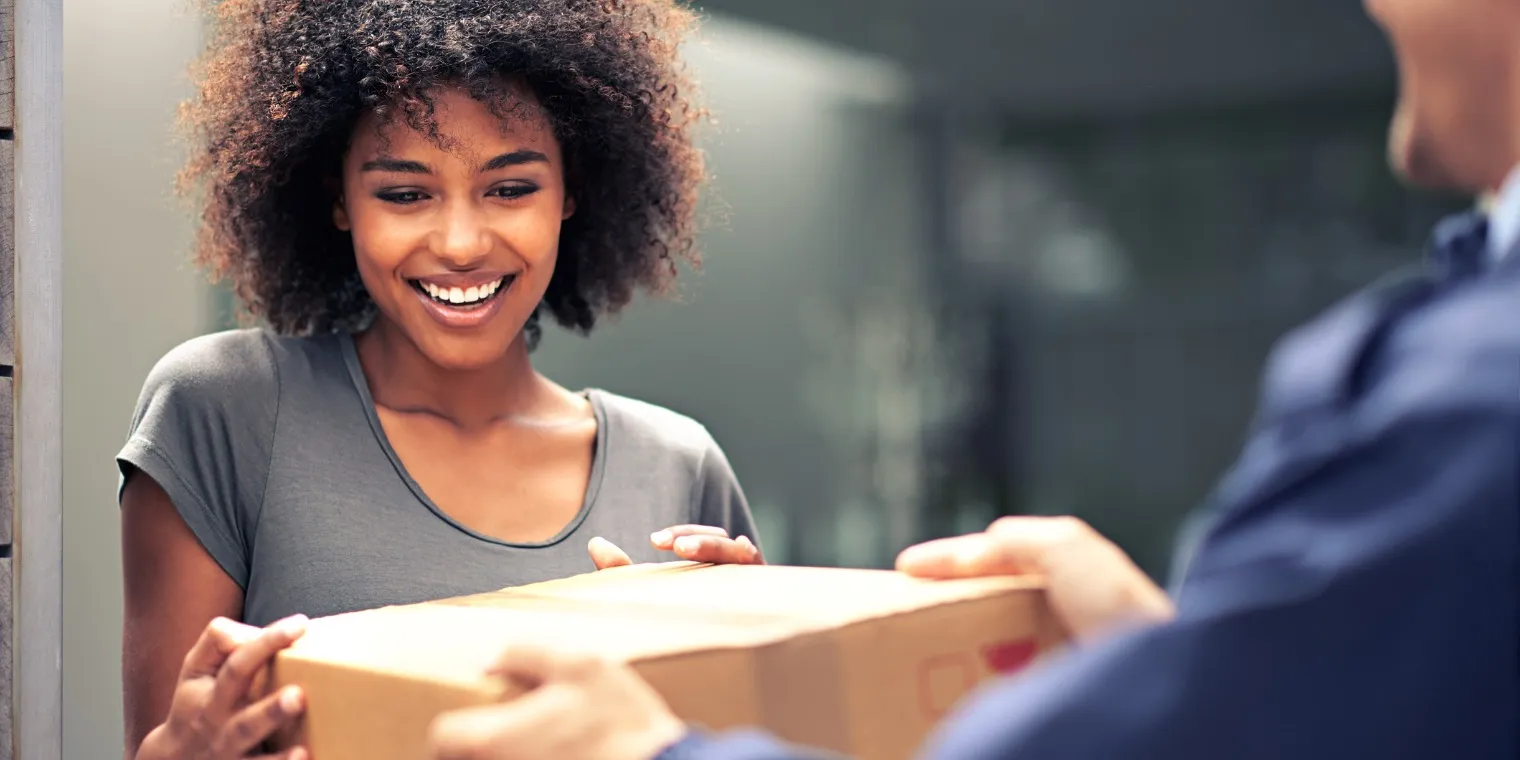Understanding Last Mile Delivery in eCommerce
Last mile delivery is the final step of the shipping process, where products are transported from a distribution center to the end customer's location. This crucial phase can significantly impact customer satisfaction and overall operational efficiency. By implementing automation in the last mile, eCommerce businesses can streamline processes, reduce costs, and enhance the customer experience.
The Role of Automation in Last Mile Delivery
Automation can transform how eCommerce businesses manage their last mile logistics. From order processing to delivery tracking, automated systems can optimize various aspects of the delivery chain. Here are some key areas where automation can make a significant difference:
1. Order Management Systems
Automated order management systems can help eCommerce businesses efficiently process incoming orders. These systems can automatically update inventory levels, manage customer data, and track order status in real-time, reducing the chances of human error.
| Benefits of Automated Order Management | Details |
|---|---|
| Real-Time Inventory Updates | Ensures accurate stock levels and prevents overselling. |
| Improved Order Accuracy | Minimizes errors in order fulfillment. |
| Faster Processing Times | Reduces order processing time, enhancing customer satisfaction. |
2. Route Optimization
One of the significant challenges in last mile delivery is determining the most efficient delivery routes. Automation tools can analyze various factors such as traffic patterns, weather conditions, and delivery windows to create optimized routes for drivers. This not only saves time but also reduces fuel costs and improves delivery reliability.
3. Predictive Analytics
Predictive analytics is another area where automation can enhance last mile delivery. By analyzing historical data, eCommerce businesses can forecast demand and adjust their logistics accordingly. This proactive approach can help businesses prepare for peak times and allocate resources more effectively.
| Predictive Analytics Benefits | Details |
|---|---|
| Enhanced Demand Forecasting | Helps businesses prepare for fluctuating demand. |
| Resource Allocation | Ensures optimal use of delivery resources during peak times. |
| Improved Customer Satisfaction | Reduces delays and enhances overall service quality. |
4. Automated Notifications
Keeping customers informed throughout the delivery process is crucial for maintaining satisfaction. Automated notifications can provide real-time updates on order status, estimated delivery times, and any potential delays. This level of communication builds trust and improves the overall customer experience.
5. Last Mile Delivery Drones and Robots
Innovative technologies such as delivery drones and autonomous delivery vehicles are gaining traction in the eCommerce sector. These automated solutions can significantly speed up delivery times and reduce operational costs. As regulatory frameworks evolve, we can expect to see increased adoption of these technologies in last mile delivery.
Challenges of Automation in Last Mile Delivery
While the benefits of automation in last mile delivery are significant, eCommerce businesses must also navigate several challenges:
- Initial Investment: Implementing automated systems requires upfront costs that may be a barrier for some businesses.
- Technology Integration: Ensuring that new automated systems integrate seamlessly with existing technologies can be complex.
- Customer Acceptance: Some customers may be hesitant to embrace automated delivery methods, preferring traditional services.
Conclusion
Automation in last mile delivery presents exciting opportunities for eCommerce businesses to enhance efficiency and customer satisfaction. By leveraging automated order management systems, route optimization, predictive analytics, and innovative delivery technologies, businesses can create a seamless logistics experience. As the eCommerce landscape continues to evolve, embracing automation will be essential for staying competitive and meeting customer expectations.
For eCommerce businesses looking to improve their last mile delivery processes, exploring automation with tools like referrerAdCreative can provide valuable insights and strategies to enhance operational performance and drive growth.





